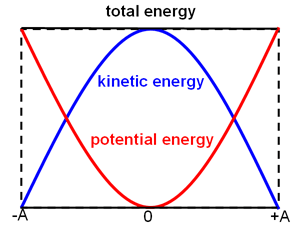Kinetic and Potential Energy
Kinetic and Potential Energy Energy can take on many forms, two of them being potential and kinetic. Energy is measured in joules (J) which is equivalent to Newton meters (N*m). Kinetic Energy Kinetic Energy is the amount of energy an object has due to its motion. This can be represented by the amount of energy…
read more





